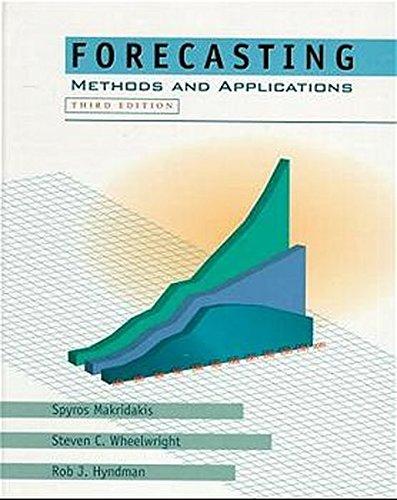Question
By primarily using quantitative and/or published data sources , please answer the following questions. Please cite the sources you used to answer these questions. 1.
By primarily using quantitative and/or published data sources, please answer the following questions. Please cite the sources you used to answer these questions.
1. What has been the growth in global remittances over a (i) 10 (ii) 20 and (iii) 30-year look-back period? What have been the major drivers of those remittances and their growth?
2. What is Western Union's market share of those remittances? What about the market shares of the rest of the players? How are you defining market share, and what are the pros and cons of defining it this way (i.e. how representative is it of Western Union's "market")?
3. How much of global remittances most recently (i) were purely cash to cash (i.e. had a physical agent on both "send" and "receive" sides), (ii) involved no cash on either side, (iii) involved cash only on the "receive" side, and (iv) involved cash at least on the "send" side?
4. What are the top 10 send-receive remittance corridors? (E.g., US-Mexico is an example of one corridor).
5. How has the average size/value of average Western Union remittances changed over the past 10 years? What have been the key drivers of this change?
6. How have Western Union's average fees (defined as Western Union's remittance related revenue as percentage of the total value of remittances processed) changed over the past 10 years? What geographies or corridors have been the main drivers of this change?
7. How has the number of "send" and "receive" agents at Western Union changed over past 10 years, and how does this compare with agents of competitors? In which countries and corridors have the number of agents (i) increased and (ii) declined the most, and what explains such increase/decline?
8. How has total remittance per agent at Western Union changed over the past 10 years? How does this compare with its competitors? What have been the key drivers of this change?
9. What are the alternatives to Western Union and other money transfer agencies? How else can someone send money from one country to another (please list all the various options)? What are the total costs of sending $500 using each of these alternatives?
10. What are the main compliance costs involved in setting up a money transfer operator (i) offline (ii) part online/part offline? How much of these costs are fixed vs. variable, and what do they depend on?
11. How have Western Union's compliance costs changed over the past 10 years? What are the key drivers of this change?
12. How have large individual send-receive corridors behaved in terms of i) competition and ii) pricing over the last 10 years? Have competitors generally picked up market share away from Western Union from these corridors and if so, how have these market shares evolved over time? What has been the driver of these changes in each case?
13. What % of Western Union's (i) global send customers and (ii) global receive customers are unbanked or underbanked? How has that changed over time? What % of global remittances are (i) sent and (ii) received by unbanked/underbanked customers? What are other main reasons for sending money in cash?
14.How concentrated is Western Union's business to individual (i) corridors and (ii) countries? What % of total revenues do Western Union's (i) the top 10 corridors and (ii) top 10 countries account for?
15.What % of remittances are received in mobile wallets and/or virtual currencies globally currently, and how has that changed over time? How does that break down in terms of (i) corridors and (ii) countries? Off of those receipts, what were the main uses of this money from the receivers?
16. What % of Western Union's (i) send and (ii) receive corridors are exclusive corridors (i.e., an agent of Western Union cannot also be an agent of another competitor), vs. non-exclusive? What happens to pricing and incumbent market shares in corridors where exclusive arrangements between Money Transfer Operators and agents become illegal?
17. What are Western Union's domestic US-to-US transfers used for and what is the profile of the main users? What is Western Union's market share on domestic cash-to-cash transfers?
18. How dense are Western Union's locations on each side of a corridor in the top 10 corridors (i.e. approximately how many miles an average consumer would have to travel to find the nearest Western Union location)? What about for each of its main other competitors?
Step by Step Solution
There are 3 Steps involved in it
Step: 1

Get Instant Access to Expert-Tailored Solutions
See step-by-step solutions with expert insights and AI powered tools for academic success
Step: 2

Step: 3

Ace Your Homework with AI
Get the answers you need in no time with our AI-driven, step-by-step assistance
Get Started


